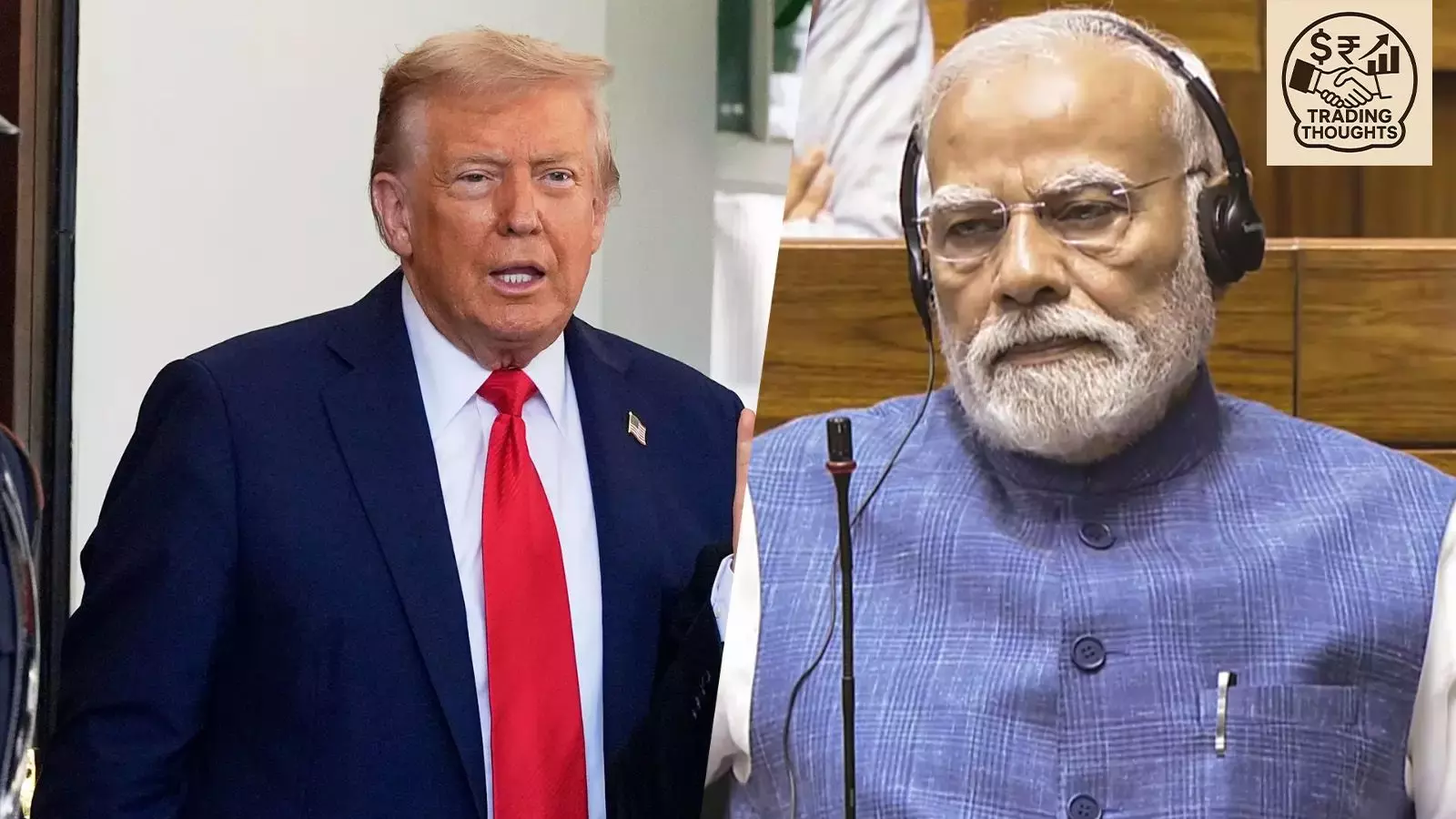
- Home
- India
- World
- Premium
- THE FEDERAL SPECIAL
- Analysis
- States
- Perspective
- Videos
- Sports
- Education
- Entertainment
- Elections
- Features
- Health
- Business
- Series
- In memoriam: Sheikh Mujibur Rahman
- Bishnoi's Men
- NEET TANGLE
- Economy Series
- Earth Day
- Kashmir’s Frozen Turbulence
- India@75
- The legend of Ramjanmabhoomi
- Liberalisation@30
- How to tame a dragon
- Celebrating biodiversity
- Farm Matters
- 50 days of solitude
- Bringing Migrants Home
- Budget 2020
- Jharkhand Votes
- The Federal Investigates
- The Federal Impact
- Vanishing Sand
- Gandhi @ 150
- Andhra Today
- Field report
- Operation Gulmarg
- Pandemic @1 Mn in India
- The Federal Year-End
- The Zero Year
- Science
- Brand studio
- Newsletter
- Elections 2024
- Events
- Home
- IndiaIndia
- World
- Analysis
- StatesStates
- PerspectivePerspective
- VideosVideos
- Sports
- Education
- Entertainment
- ElectionsElections
- Features
- Health
- BusinessBusiness
- Premium
- Loading...
Premium - Events

Visa action signals a new phase of imperial preference within Trump’s colonial order — it's 'extort-baby-extort', akin to the 'drill-baby-drill' energy ethos
The Narendra Modi government seems to have become the primary victim of its dear friend’s “Trump Raj.” The recent move to impose a $100,000 fee on H-1B visa applications, a dramatic increase from $4,000 in 2016, amounts to a direct assault on Indian tech professionals, the program’s main beneficiaries.
This action signals a new phase of imperial preference within Trump’s colonial order, operating on a principle of “extort-baby-extort,” akin to the “drill-baby-drill” ethos applied to natural resources. The key difference is that this financial extraction occurs on a global scale.
Also read | US defends H-1B visa fee hike, cites data on ‘replacement’ of Americans
On September 19, the administration signed a proclamation “to restrict the entry into the United States of certain H-1B aliens... requiring a $100,000 payment to accompany or supplement H-1B petitions for new applications to curb abuses that displace US workers and undermine national security.”
Crackdown on Indian H-1Bs
Worse still, the proclamation directs the Department of Homeland Security and its enforcement arm, ICE (US Immigration and Customs Enforcement), to aggressively pursue "illegal" Indian H-1B participants.
The order justifies itself by citing instances where American tech workers are laid off and simultaneously replaced by lower-paid Indian contractors. It highlights one company approved for 5,189 H-1B workers in FY 2025 while laying off roughly 16,000 employees, claiming such practices “creat[e] disincentives for future American workers to choose STEM... careers, which threatens our national security.”
Under the Trump Raj, India is presented with an ultimatum: surrender everything or face the might of American imperial preferences. This unequal treatment stands in stark contrast to that received by China, the supine European Union, Korea, and Japan.
US Commerce Secretary Howard Lutnick echoed this sentiment, stating, “No more will these big tech companies or other big companies train foreign workers... if you’re going to train somebody, you are going to train one of the recent graduates from one of the great universities across our land.”
Earlier, on September 15, Lutnick provocatively asked, “India brags that they have 1.4 billion people. Why won’t 1.4 billion people buy one bushel of US corn?”
In fact, this current drama over H-1B visas is not new; it is merely being taken to a new extreme.
India’s trade dispute on H-1B
To recall, India launched a trade dispute against the US on these very issues at the WTO in March 2016. New Delhi challenged “(1) measures imposing increased fees on certain applicants for L-1 and H-1B categories of non-immigrant visas; and (2) measures relating to numerical commitments for H-1B visas.”
Also read | USD 100,000 H-1B visa fee a one-time charge, only for new petitions: Trump admin
India argued these measures were inconsistent with US commitments under the General Agreement on Trade in Services (GATS), accorded less favourable treatment to Indian companies in the US, and unfairly restricted the movement of skilled professionals.
For inexplicable reasons, India withdrew the dispute within a few months. Had New Delhi persisted, Washington’s questionable measures would have been exposed. It is, of course, a separate matter whether the Trump administration would have respected any WTO ruling, given its later decision to spike the body’s appellate mechanism in December 2019.
Trump’s economic onslaught
The latest H-1B action must be viewed in the context of a sustained assault by Trump against India, a fact underscored by its timing, coming just two days after he lavished praise on his "best friend" Modi.
Indian exporters already face brutal tariffs of up to 50% on steel and aluminium, and it remains unclear whether new sanctions on buying Russian oil will soon come into force. Washington’s move to revoke the sanctions waiver for Iran's Chabahar port, threatening New Delhi's $500-million strategic investment, is part of a concerted effort to trap India in a proverbial chakravyuha.
Ironically, the Indian government hopes to counter these unpredictable imperial preferences by securing a larger bilateral free-trade agreement with the US by the end of November, after elections in Bihar conclude.
Also read | US revokes Chabahar Port waiver, India’s deal faces sanctions risk
Given the opaque nature of ongoing bilateral discussions, Washington’s latest demands remain unclear. They likely extend beyond agriculture and tariffs, potentially forcing India to cede policy space in critical areas such as intellectual property rights and government procurement.
India faces unequal treatment
Under the Trump Raj, India is presented with an ultimatum: surrender everything or face the might of American imperial preferences. This unequal treatment stands in stark contrast to that received by China, the supine European Union, Korea, and Japan.
The cumulative fiasco across trade, visas, and geopolitics suggests not mere missteps, but a systemic bankruptcy in New Delhi’s foreign and economic strategy. This was the first Indian government to enthusiastically embrace the “new order,” banking on personal chemistry with the “Emperor” to shield it from harm.
The reverse has occurred. Sovereignty is being eroded, not through war, but through waivers, waivers, and more waivers.
(The Federal seeks to present views and opinions from all sides of the spectrum. The information, ideas or opinions in the articles are of the author and do not necessarily reflect the views of The Federal.)


